- Alright so, my Python script to initiate note fails.
- This note in particular has its images put not in order.
- So, while reading expect to understand image per image and not as it is the whole bullet points connected to each other.
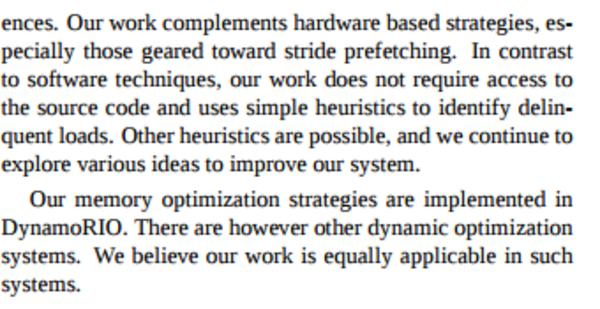
- This paper is about making a state of the art memory manager.
- Usually when making memory manager, the programmer needs to have access to the source code.
- But the one that was made here is working as an external memory manager.
- I think this is like having two programs run at the same time. The first program is the main program itself, whereas the second program is this memory optimizer.
- There is also DynaoRIO, which is a run - time manipulation tool, http://www.dynamorio.org/.

- The thing here is to group object in run - time, based on the frequency of it being used.

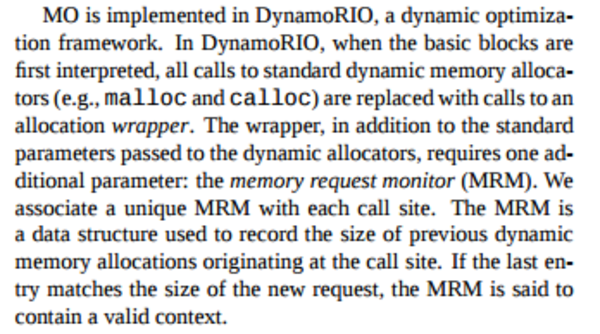
- The memory optimizer that this paper trying to make is called MO (as it is Memory Optimizer, lololol).
- DynamoRIO is used to manipulate things happen in run - time.
- For example for C++
malloc()andcalloc()DynamoRIO wraps these functions into an allocation wrapper. - The allocation wrapper also need another parameter which is the memory request monitor itself.
- The memory request monitor (MRM) is unique per call.
- MRM captures the memory allocation of the call.
- The current capture macthes with previous capture then MRM concluded to have valid content.

- Checking based on which MRM is "hot" (used frequenly more than other).
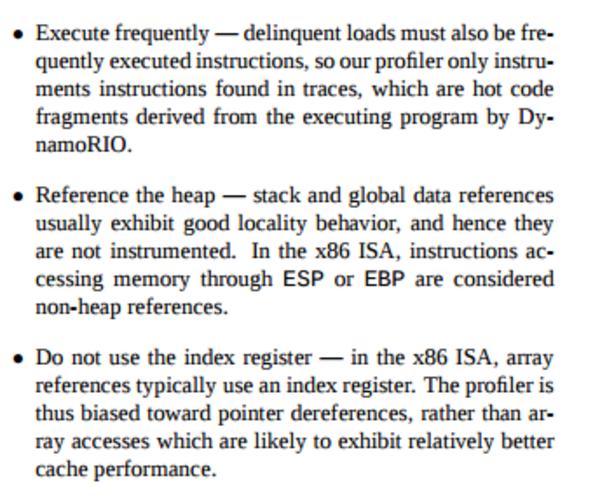
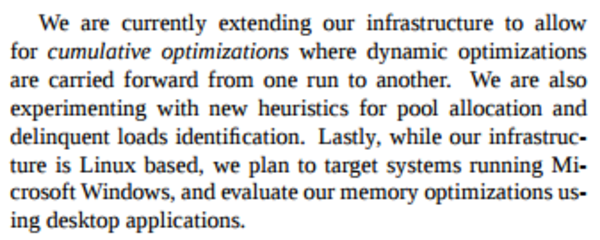

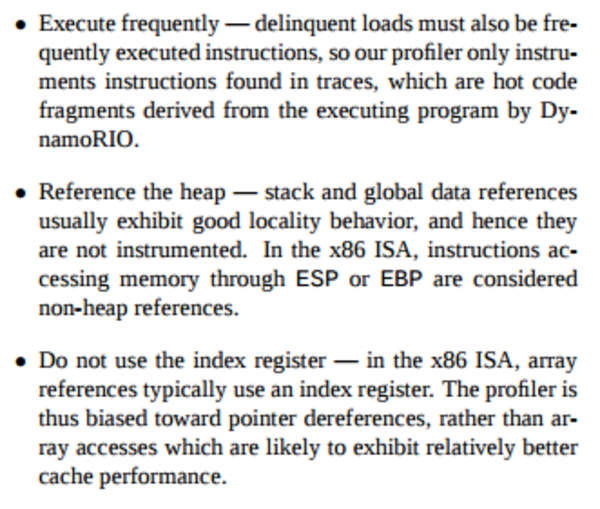


- Linked list is like a data structure with each elements has reference to previous and the next element in the list.

- The benefits, is to allocate/pooling memory based on its context.



- The design goals of this paper.
- Completely automated and transparent.
- Does not require access to source codes. This means that this MO is working independently to the program running.
- Does not perform any run - time data migration.
- Always preserve correctness.
- Lightweight!

- The keypoint is to detect patterns, to determine context of each memory called and its call frequency.

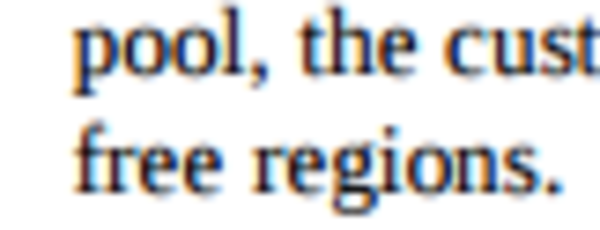
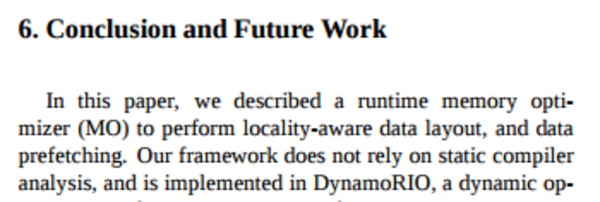

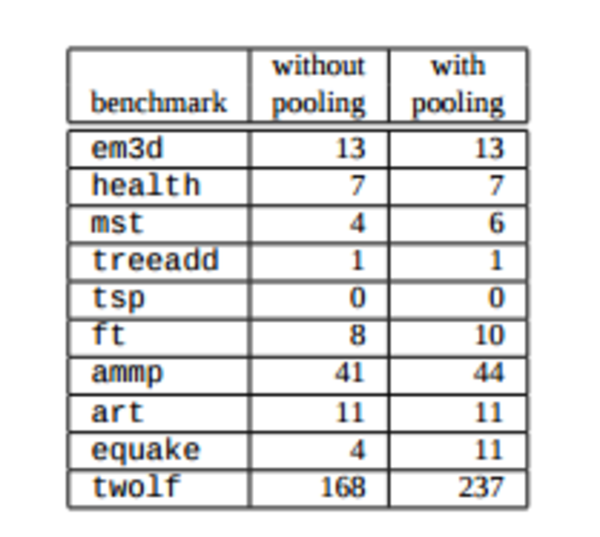



- So does this sentence means that MO is built with DynamoRIO?
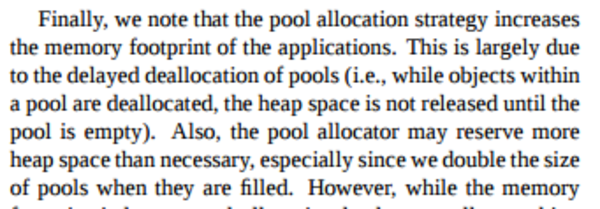
- I think this is the problem that can be further addressed in the next related research?
- Pool allocation increase memory footprints of the applications. I suggest that increase in footprints is always negative.
- Delay, because the object is never de - allocated the space is not released until the pool in empty.
- Pool allocator might reserve more heap space (up to double the size).
- Hmmm, heap size means memory allocation. So, is this means, that, I need to reserve 2 times the memory for this kind of operation?

- The key point from above screenshot is "patterns to exhibit more regularity".
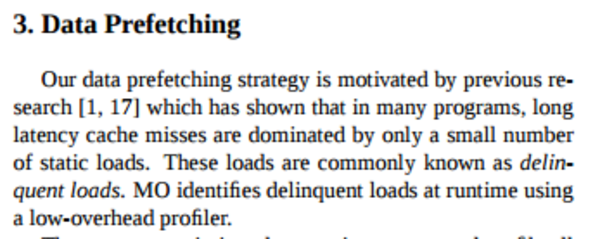
- Data prefetching suggests that long latency cache misses dominated by only a small number of static loads.
- These loads are called delinquent loads.
- This is the .pdf of this paper.
./20170308-0141-cet-pool-allocation-and-prefetching-1-28.pdf